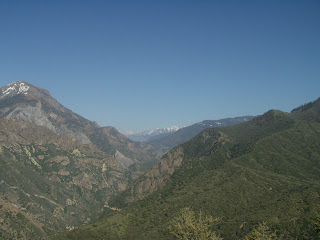
Snow Canyon, Utah State Park
The sandstone in Snow Canyon reigns in colors from red to white. The interplay of light, shadow and color, dancing across canyon walls was truly a sight to see. The thing that set this canyon apart was the black rock which was formed from volcanic action. Since the location of this canyon allowed easy access, Hollywood films such as Butch Cassidy and the Sundance Kid, the Electric Horseman and Jeremy Johnson were actually filmed here.
The sandstone in Snow Canyon reigns in colors from red to white. The interplay of light, shadow and color, dancing across canyon walls was truly a sight to see. The thing that set this canyon apart was the black rock which was formed from volcanic action. Since the location of this canyon allowed easy access, Hollywood films such as Butch Cassidy and the Sundance Kid, the Electric Horseman and Jeremy Johnson were actually filmed here.











